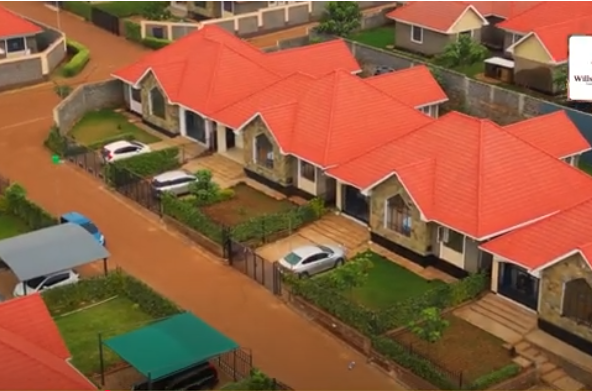When embarking on a construction or property development project in Nairobi County, one of the most critical steps is navigating the building approvals Nairobi process. Whether you’re a first-time homeowner or an investor working with a developer, understanding the law, timelines, fees and documentation can save time and money — and reduce the risk of costly delays or non-compliance.
Contact Us
- Park Suites, 44 Parklands Road, Ground Floor, Suite 1, Willstone Homes
- +254711082011
- [email protected]
Why Building Approval Matters
Approving building plans ensures developments meet safety, zoning, environmental and structural standards. In Nairobi County the approval system has recently undergone change: the recently launched online system assigns a QR code to approved plans, meant to improve transparency and reduce delays.
Nevertheless, challenges remain: reports show major delays, alleged corruption and thousands of applications pending.
Thus, for any real-estate developer or homeowner in Nairobi, the building plan approval process is a vital step in ensuring the project is legal, safe and market-able.
Read Also: Rural Airbnb: How Remote Homes Are Becoming Kenya’s Next Tourism Hotspot
Step-by-Step Process for Building Approvals in Nairobi County
Below is a simplified step-by-step overview of what applicants need to do in Nairobi County — note that specific requirements may vary depending on project size, type and location.
| Step | Action | Documents or Requirements | Approximate Timeline* |
|---|---|---|---|
| 1 | Land search & title verification | Title deed/lease, survey plan, rates receipt | 1-7 days |
| 2 | Prepare architectural & structural drawings | Architect’s drawings, structural engineer’s drawings, location map, land use certificate | Up to 45 days (depending on size) |
| 3 | Submit building plan application to Nairobi County Development Control | Completed application form, drawings, fees paid, professional stamps | Variable; recent target: ~14 days |
| 4 | Review & approval (zoning, structural, use change) | County planning committee review, possible public participation | Could extend several months if complications |
| 5 | Obtain building permit / stamp approved plans | Approved plans stamped, QR code issued in digital system | Once approved |
| 6 | Commence construction (notify County) | Site board, contractor registration (if required) | — |
| 7 | Inspections during construction & occupation certificate | Building inspections, sign-off by building control | At project completion |
*Timelines are indicative and may vary depending on project complexity and County capacity.
Key Fees & Cost Indicators

Understanding the cost side of building approvals Nairobi helps in budgeting. For example, the permit fee in Kenya can be around 1% of the estimated cost of construction.
In Nairobi County a breakdown of construction-cost rates is used to determine fees: for example, low-rise single units may be valued at KSh ~24,000 per square metre.
Chart: Typical Timeline Targets & Current Reality in Nairobi County
| Phase | Target Timeline | Reported Actual |
|---|---|---|
| Online submission to first review | ~14 days | Some cases 60-365+ days |
| Complete approval to stamp | 0–30 days | Many projects delayed significantly |
| Overall cost of delays (lost revenue) | N/A | County estimated to lose ~KSh 91 million/month due to approval delays |
Challenges and Practical Tips
Challenges
- Delays in processing applications and system back-logs.
- Corruption risk: reports of officials manipulating the approval system for fast-track bribes.
- Changing governance structure: for instance, with the Nairobi Metropolitan Services (NMS) taking over some approval functions in Nairobi.
Practical Tips
- Engage qualified professionals (architect, engineer) from the start.
- Submit complete and accurate documentation to avoid back-and-forth.
- Track your application via the digital system (if available) and keep all receipts.
- Budget extra time and cost contingency: approval delays can add weeks or months.
- Stay updated on changes in regulations or process: Nairobi County regulations evolve.
Read Also: Digital Landlords: How TikTok, Instagram, and YouTube Are Driving Real Estate Sales in Kenya
For anyone involved in development or construction in Nairobi County, mastering the process of building approvals Nairobi is essential. While progress has been made — including digitisation of approvals and efforts to shorten timelines to 14 days — the reality remains that many applications still face delays and other hurdles. Understanding each phase, preparing thoroughly, and staying proactive can make the difference between a smooth approval and a stalled project.





